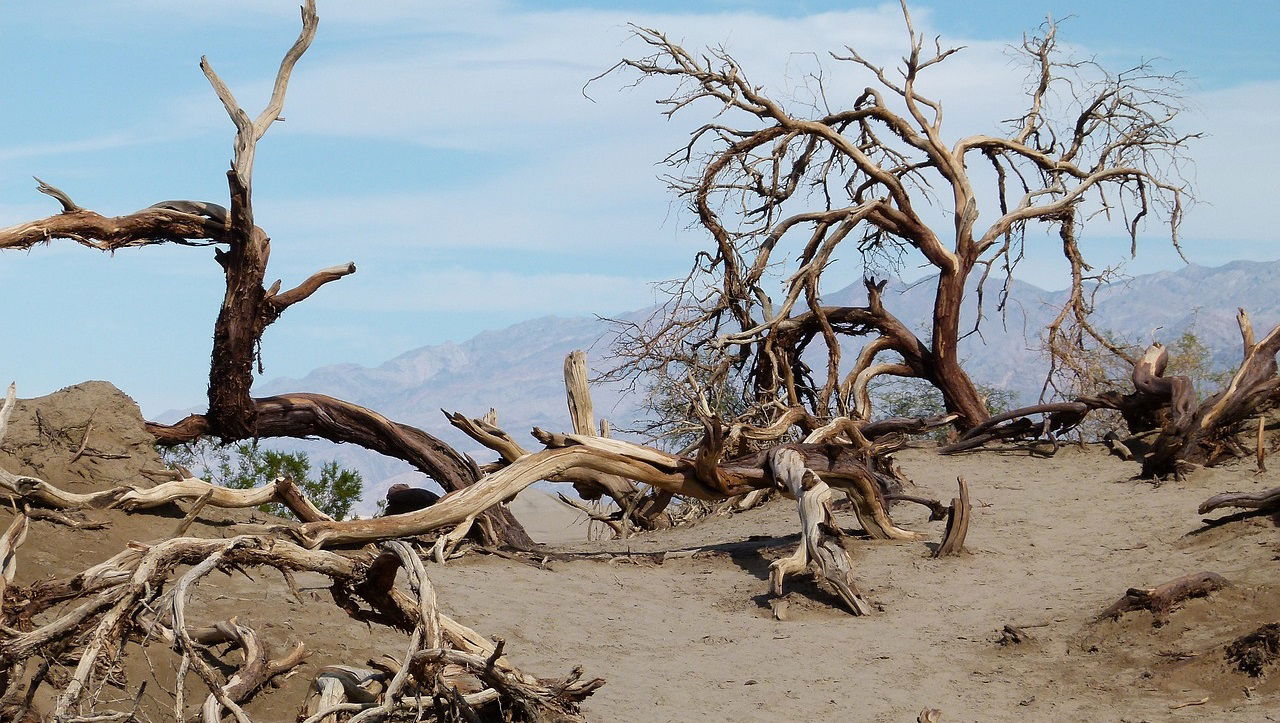
A recent study published in Science has highlighted a concerning trend, indicating that nearly half of the Earth's land surface is now classified as drylands, and these regions are accelerating their own expansion. Drylands, which encompass deserts, shrublands, grasslands, and savanna woodlands, now account for around 45% of the global land surface. These regions are defined by severe water scarcity, posing significant challenges to natural ecosystems and human-managed landscapes, including agriculture, forestry, and livestock production.
While it has long been understood that climate change and unsustainable land management practices contribute to the spread of drylands, this study has uncovered an unexpected driver: the drylands themselves. The research, conducted by climate scientists from the University of Bristol, Ghent University in Belgium, Cardiff University, and ETH Zurich, reveals that drylands are actively contributing to their own expansion.
Professor Katerina Michaelides, a co-author of the study and an expert in Dryland Hydrology, highlighted that drylands, covering over 40% of the Earth's land surface, are increasingly affected by atmospheric drying due to climate change. This leads to greater water loss through evaporation, exacerbating the global expansion of drylands and transforming once-humid regions into arid environments.
In this new study, researchers quantified the phenomenon of dryland self-expansion by analyzing the origins of precipitation and heat over newly expanded drylands. By examining air movement patterns over these areas for the past 40 years, the team was able to determine the extent to which rainfall deficits and increased atmospheric water demand, driving dryland expansion, could be attributed to existing drylands.
Lead author Dr. Akash Koppa, a Post-doctoral Research Fellow at the Hydro-Climate Extremes Lab (H-CEL) at Ghent University, reported that in the last four decades, approximately 5.2 million square kilometers of humid land have transitioned into dryland. Remarkably, more than 40% of this transformation is due to dryland self-expansion.
The study's findings reveal that as soils in existing drylands dry out, they release less moisture and more heat into the atmosphere. This results in reduced rainfall and higher atmospheric water demand in downwind humid regions, gradually converting these areas into drylands as well. Regions like Australia and Eurasia have been identified as experiencing significant dryland spread due to this self-expansion process.
Dr. Koppa highlighted the risks posed by this self-propagating phenomenon, which could accelerate in a warming, increasingly dry world. This trend threatens human livelihoods, ecosystems, and global socio-economic stability.
The study also underscores the need for urgent action, particularly in regions most vulnerable to further dryland expansion. It calls for enhanced climate change mitigation efforts and sustainable land management practices to curb this alarming trend. The research further highlights the critical importance of coordinated ecosystem conservation in existing drylands to prevent further degradation.
Supported by the European Union’s Horizon 2020 programme, the European Research Council (ERC), and H-CEL, the research team is now focused on developing land-based adaptation strategies to prevent drought and heat propagation, aiming to safeguard the world's remaining humid regions from becoming future drylands.
(Source: University of Bristol)

















